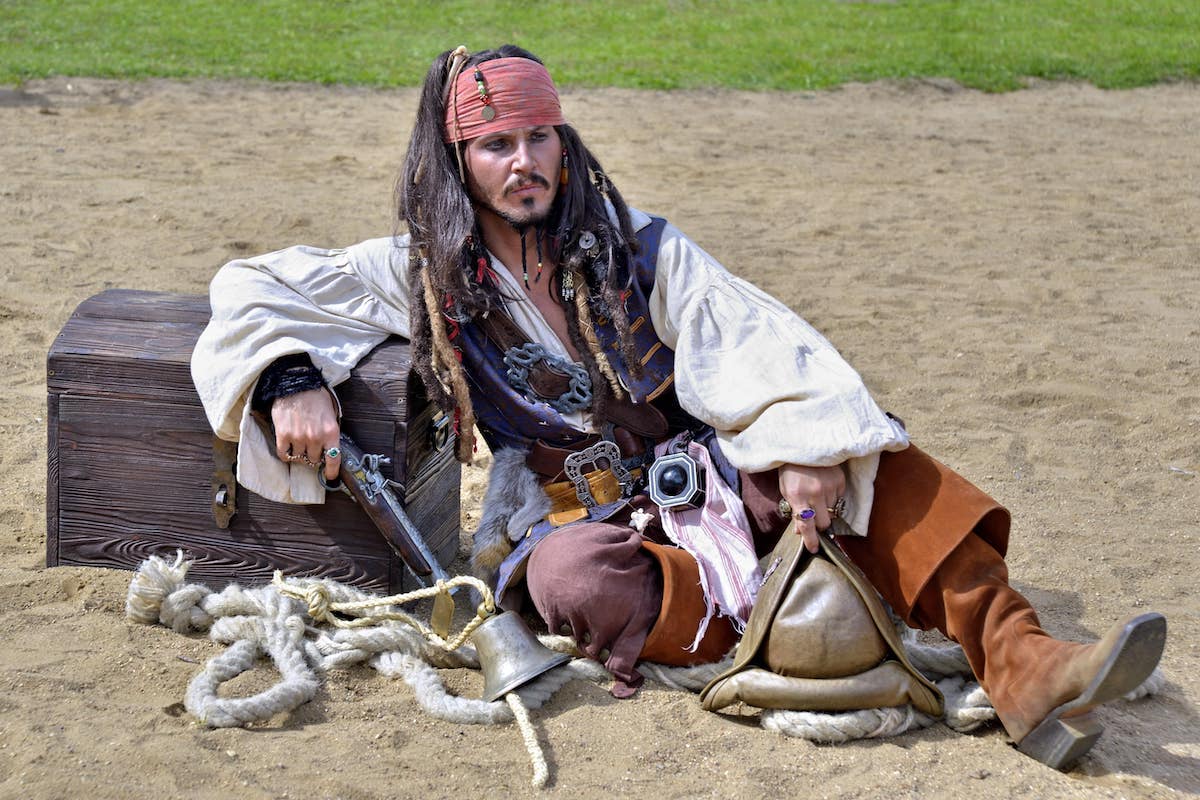What Is An Archetype? Complete Definition & Famous Examples
Rent film gear from local filmmakers.

Rent film gear from local filmmakers.
The concept of archetype has been around for a while. It emerged in ancient Greece and travelled through philosophy, psychology, literature and cinema.
Commonly, archetypes are defined as the ideal representation of something. In cinema, they have the power to make stories universal and timeless.
Start with the basics. Learn the filmmaking essentials.
What is an archetype
We are fortunate to live in a culturally rich and diverse world. Interestingly, some concepts seem to be inherent to the human condition and bridge societies across the globe.
As storytellers, we make use of such ideas to make sure we reach people from a wide range of cultures and backgrounds. As David Lynch said, "cinema is its own language".
That is, we rely on universally recognizable symbols, such as good and evil, and incorporate them on characters as "the hero" or "the villain".
Archetype definition
- A "perfect example of something"
- Universal and repeated ideas
- Travel across time and space
- Unite people around the globe
- It can be a human, an object, or a situation

7 Different archetypes in movies
Essentially, archetypes refer to a set of attributes, values, and decision-making tendencies that portray a specific type of individual. When creating a narrative, these will help you build solid characters. Here are some examples.
1. The Leader
This persona typology is typically assertive and action-oriented. Leaders are self-assured, determined, and courageous, which helps develop plot momentum. On the other hand, they can also be arrogant and dominant, meaning these characters can be a good source of natural conflict.
2. The Hero
This is the one who saves the day. They often have a predestined fate or mission, which they will always raise to accomplish. Heros are usually the main characters, who the audience follows throughout the story.
Make sure your viewers root for this character, even if they don't agree with some of its behaviours.

3. The Caregiver
This character archetype puts others' needs first. Caregivers are considerate, generous and helpful. In short, their goal is to make the world a better place. It is rare for the caregiver to take centre stage, but they frequently engage in meaningful dialogues.
Nonetheless, they can also be vulnerable and an ideal target for a villain to manipulate.
4. The Villain
A villain is someone whose goals oppose the mission of the hero and will act to prevent it. They have negative characteristics, such as greed, envy and malice. Interestingly, they can reflect back on the hero by portraying his fears or inner weaknesses.
5. The Seducer
This character stands out for its charisma. Seducers are confident, mysterious, and often engage in persuasive actions. Still, they can also be manipulative and incite problems.
6. The Rebel
Rebel characters are energetic, individualistic and thrill-seekers. You will never see them sit back and relax. They may not be the smartest or more powerful, but they are street-smart, bold, and often look for justice.
Still, they can be cynical and quick-tempered.

7. The Warrior
The warrior represents power and (physical) strength. They are always ready to stand up for the vulnerable. These characters are reactive and will choose to act over other slow-paced or diplomatic means. Warriors can be obsessive and become consumed by their battles.
5 Famous archetypes in movies
1. Archetypes in Game of Thrones
- The Hound as the Rebel
- Jon Snow as the Hero
- Daenerys as the Caregiver
2. Archetypes in Avengers
- Captain America as the Hero
- Loki as the Villain
- Thor as the Warrior
- Black Widow as the Seducer
3. Archetypes in Inception
- Mallorie Cobb (Mal) as the Villain
- Eames as the Seducer
4. Archetypes in Saving Private Ryan
- Captain Miller as the Hero
- Private Richard Reiben as the Rebel
- Steamboat Willie as the Villain
5. Archetypes in Ocean's Eleven
- Basher Tarr as the Rebel
- Frank Catton as the Seducer
- Tess Ocean as the Caregiver

How to write characters
Considering archetypes is a great baseline to develop characters. Still, you don't want your plot to be predictable, and there are so many layers and flavours you can add.
To find out what you need to bring to life robust compelling personas, learn how to write characters into your video script.
What is the definition of an archetype?
A perfect example of something.
What is an example of an archetype?
The Hero.
What are the main archetypes?
Leader, Hero, Caregiver, Villain, Warrior, Rebel, Seducer.























